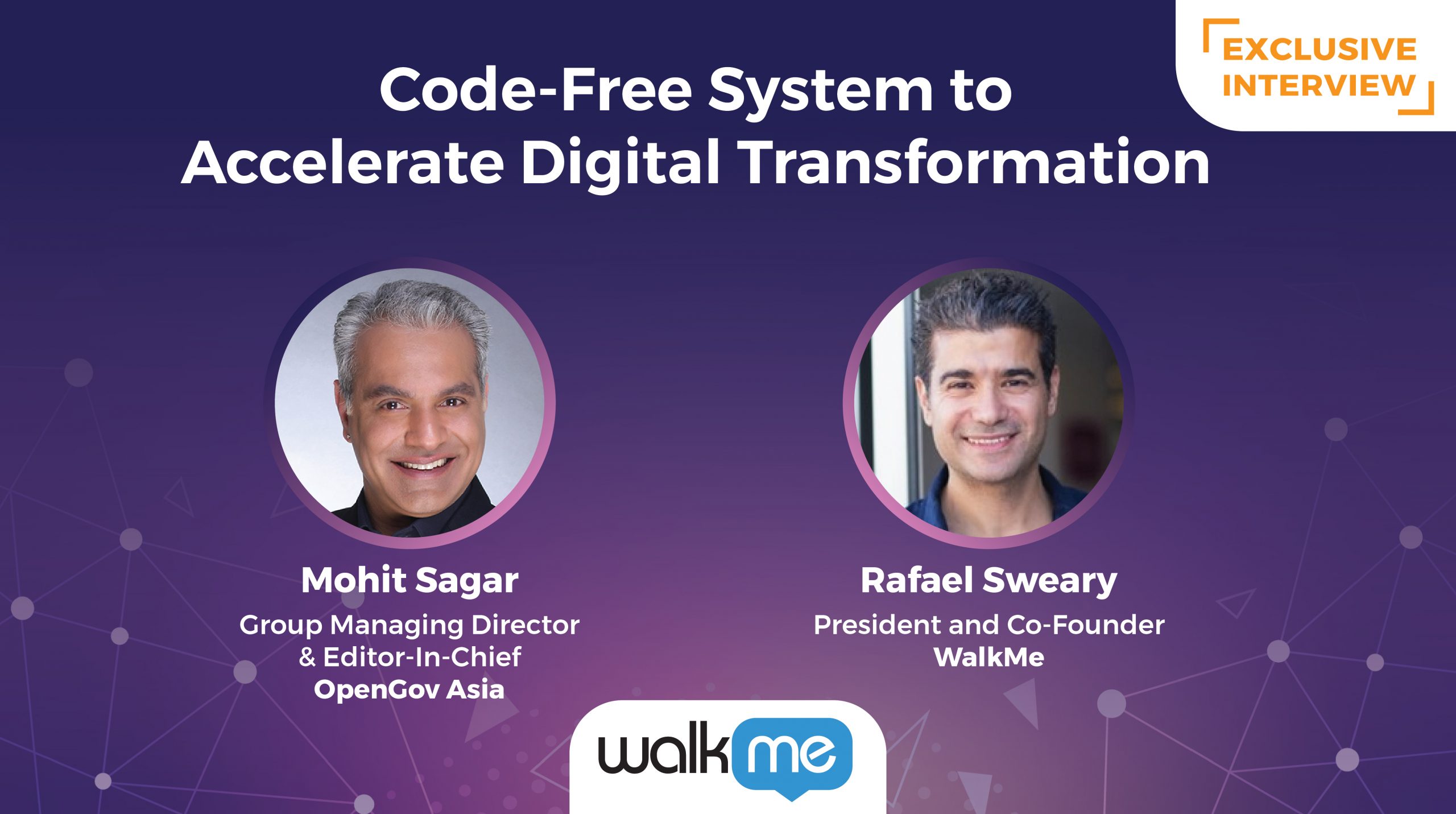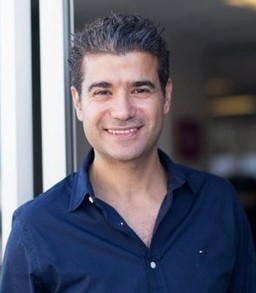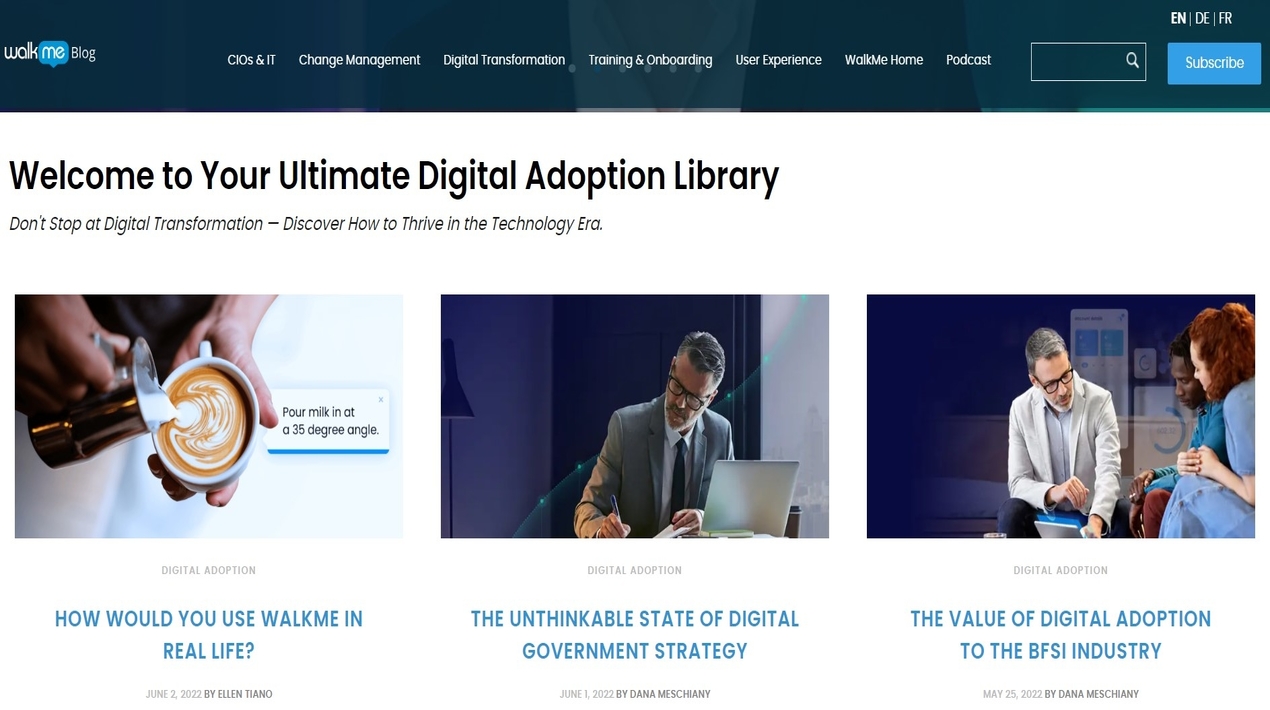
Business not as usual
COVID-19 has affected everyone; it is a global phenomenon that has forced all sectors to rethink and strategise, prompting many businesses to implement emergency work-from-home plans and the use of various digital platforms.
Simultaneously, many organisations are looking for a solution that offers content design and development with data analytics that would speed up software adoption and serve clients more effectively.
A low-code software platform has been developed to enable organisations to measure, drive and act to maximise the efficacy of their digital transformation and accelerate the return on investment in software applications. This low-code software is a Digital Adoption Platform (DAP) that enables teams to add on-screen navigation hints to websites and apps without recoding them.
 In an exclusive interview with Mohit Sagar, Group Managing Director and Editor-in-Chief of OpenGov Asia, Rafael Sweary, President and Co-Founder of WalkMe, elaborated on the latest trends seen in digital transformation and innovation. The explanation was accompanied by a website demonstration during the interview.
In an exclusive interview with Mohit Sagar, Group Managing Director and Editor-in-Chief of OpenGov Asia, Rafael Sweary, President and Co-Founder of WalkMe, elaborated on the latest trends seen in digital transformation and innovation. The explanation was accompanied by a website demonstration during the interview.
Because of the numerous intricacies involved, digital transformation used to be a lengthy process that could take months to complete for businesses. Nowadays, the transition can be completed in a couple of weeks or even days.
“The goal of technology is to help people. Instead of you trying to understand systems and know-how to run systems, you would tell the programme what to do and the platform would walk you through the process and do it for you, making you much more efficient and focused on your task,” said Rafael.
WalkMe guides end-users through business applications used in today’s workplace, identifying pauses and hesitations to provide real-time assistance onscreen without having to toggle between interfaces. Rafael shared that digital adoption has three main objectives: 1) Data – we must unlock visibility into the tech stack and into the workflows required to complete a business process through the use of software, 2) Action–take action right on top of the application to automate mundane tasks, allowing end-users to focus on their most valuable work, and 3) Experience – Data and Action will drive the perfect experience for the end-user, no matter where they sit within the organisation.
Trends that drive the next normal
In his article – Focus on the Future: The Dawn of the Next Normal is Brighter Than You Might Think – Rafael discusses the transition from crisis to a new era. Long-term, he sees four significant shifts that will alter corporate conventions.
First is the new paradigm of business continuity planning (BCP). Continuity was typically done keeping in mind a short-term crisis, such as a data leak or an accident. Most businesses did not plan for an event on the scale of COVID-19.
The pandemic has altered the current context of planning, pushing organisations to accept and deal with a new reality. Most leaders, now, agree that BCP must address long-term type possibilities as well, ensuring that a company is agile and adaptable to any situation.
Second, remote capabilities are now an essential component of businesses to remain functional in any situation. When the pandemic began in 2020, most businesses were forced to implement a work-from-home policy, regardless of their readiness. Organisations quickly recognised that their reliance on technology was growing, and to assist their staff, they required the appropriate digital tools.
However, companies will need to examine their technology to enhance communication, onboarding and training, productivity, and employee engagement as the trend toward permanent remote work continues.
Rafael feels that the third major change is in corporate culture and that it will continue to evolve. Across the board, companies acknowledge that employees are their greatest asset. The more the investment and care for employees, the more likely the chances that a company will prosper in the next normal.
Undeniably, the Covid-19 pandemic has had a major and swift impact on the workplace, with companies making significant efforts to build a distinct culture that reflects their views and keeps the employees content, engaged, and feeling supported.
The fourth change, Rafael proposes, is that digital offerings will drive revenue in the future. Industries are entering into a contactless era where all goods and services can be obtained through technological means. To that end, companies will have to invest in digital offerings that are easy for their customers to navigate and their employees to use.
Businesses that cannot serve their customers digitally have suffered greatly and are struggling to recover. The Next Normal involves increasing the digitalisation of operations and the virtualisation of communication.
It is undeniable that technology priorities have shifted, Rafael opines. Companies may have dabbled with “nice to have” technology before COVID-19, but everything that isn’t critical to core business must go now. Budget cuts will affect all firms, requiring the need to make the best software options possible to maximise ROI. Companies that can find the best technology for their purposes will prosper.
Navigating the New and the Next Normal
Digital transformation is made up of several applications that must collaborate and focus on the outcomes rather than the implementing technologies. Rafael explained that most businesses fail to complete their digital transformation journey because they define it primarily by changing many software or platforms and they begin digitising everything simultaneously.
 The fundamental changes in digital transformation are in how organisations work and, as a result, how value is added for customers. Rafael recommends companies begin with their desired results, deploy their chosen platform and understand what they want to achieve based on the benchmarks. He added that when considering digital transformation, avoid thinking about systems.
The fundamental changes in digital transformation are in how organisations work and, as a result, how value is added for customers. Rafael recommends companies begin with their desired results, deploy their chosen platform and understand what they want to achieve based on the benchmarks. He added that when considering digital transformation, avoid thinking about systems.
“Consider the bottlenecks, obstacles and financial opportunities. Then define success, act on it, start working on it, and evaluate whether you met your goal,” he advises.
Because there is a possibility of multiple outcomes, an organisation does not have to worry about just one transformation. Think about, as an alternative, the tasks that need to be completed and the aspects of their firm that they wish to alter.
Businesses employ new strategies and processes to stay relevant as technology rapidly evolves. This modification may need to be implemented promptly for the company to reap the benefits and it must constantly adapt, and experiment with new technology.
“We could help them manage the complete cycle, beginning with review and finishing with benchmarks identifying friction and detailing project action, among other things,” Rafael offers confidently.
WalkMe apart, he says, if businesses want to be more successful in their digital transformation, they must focus on outcomes rather than systems implementation.
Without a doubt, WalkMe is a highly successful option. Close to two thousand organisations around the globe utilise the system, from both the public as well as the commercial sector. Product managers and application owners can make use of the software and feature adoption tools, as well as the change management solutions, that this platform provides for internet, desktop, and mobile applications.
The platform aims to empower business leaders to achieve the potential of their people and technology investments, which he considers to be the most valuable assets of an organisation in the digital economy.
The enterprise-class guidance, engagement, insights and automation platform of WalkMe’s Digital Adoption Platform enables businesses to maximise the full value of their digital assets by providing executives with greater visibility into digital usage and making employees more efficient and productive.
“The Next Normal is different. We can’t ever ‘go back’, but we are being offered incredible opportunities for better business processes, better work experiences, and stronger companies and products. Jump on, the time is now,” Rafael advises.
















